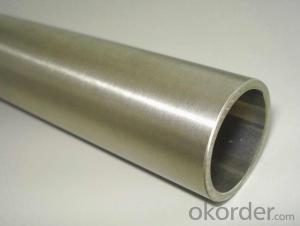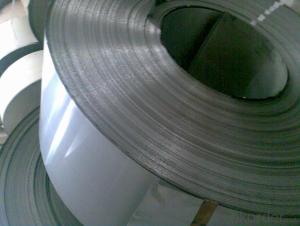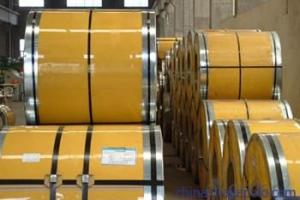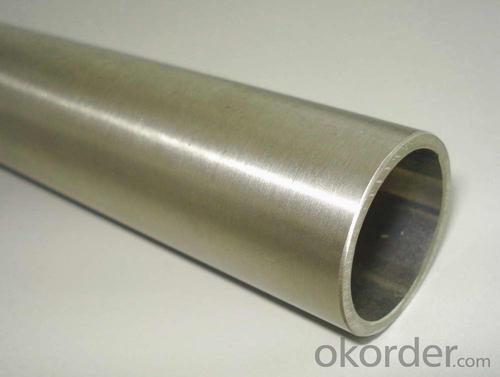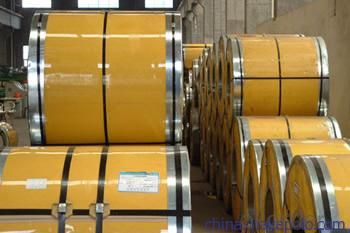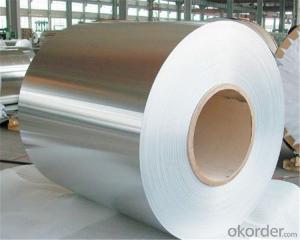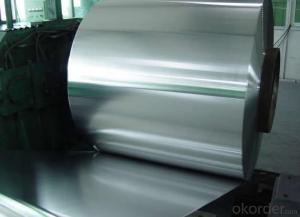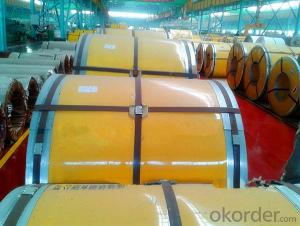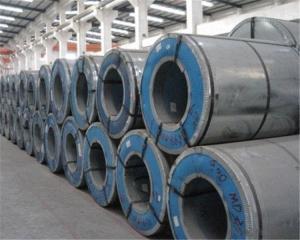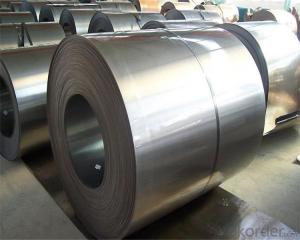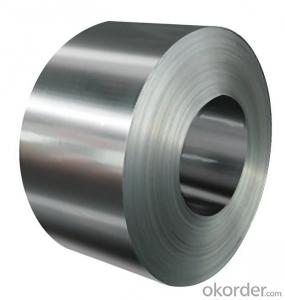Supplying For Stainless Steel Grade Two Volume
- Loading Port:
- Shanghai
- Payment Terms:
- TT OR LC
- Min Order Qty:
- 1 m.t.
- Supply Capability:
- 49879 m.t./month
OKorder Service Pledge
OKorder Financial Service
You Might Also Like
1.Description:
Stainless steel is referred to as stainless acid resistant steel, the resistance of air, steam, water and other weak corrosive medium or with stainless steel known as stainless steel; while the resistance to chemical corrosion medium (acid, alkali, salt and other chemical etching) of the corrosion of steel called acid resistant steel. Because of their differences in chemical composition, they have different corrosion resistance. Common stainless steels are generally resistant to chemical corrosion, while the acid resistant steels are generally of non - corrosive.
The reason why the surface of stainless steel is important in the field of building application is. The corrosion environment requires smooth surface for smooth surface is not easy to fouling. The deposition of dirt can cause the stainless steel to rust and even cause corrosion..
In the spacious hall, stainless steel is the most commonly used material in the elevator decoration board, surface of fingerprint although can be erased, but affect the appearance, so the best selection of suitable surface to prevent leave fingerprints.
So most applicable in hospitals or other health conditions are very important fields, such as food processing, food and beverage, brewing and chemical. This is not only because of its ease of cleaning every day, sometimes the use of chemical cleaning agents, but also because it is not easy to breed bacteria. Experiments show that the performance of this aspect is the same as that of glass and ceramics.
2.Product characteristic:
1. Product specifications complete, diverse materials;
2. Size precision is high, can reach + 0.1 mm;
3. The surface quality excellent, good brightness;
4. Strong corrosion resistance, tensile strength and anti fatigue strength is high;
5. Chemical composition and stability, pure steel, inclusion content is low;
6. Packing sound, price concessions.
7. Non standard customized.
3.Specification (mm):
0.4*1219*C
Price:10.10yuan/ton
49879 tons can be sold
4.Reference picture
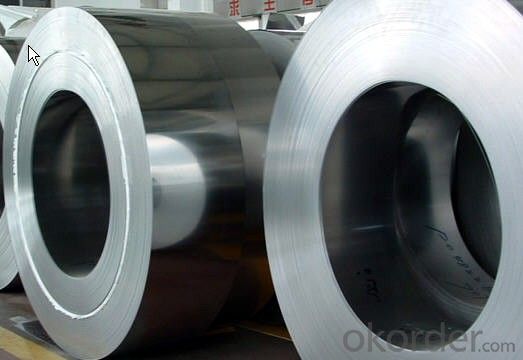
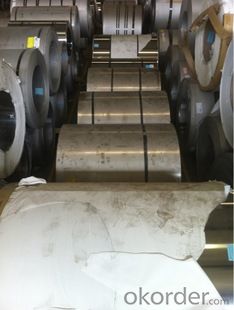
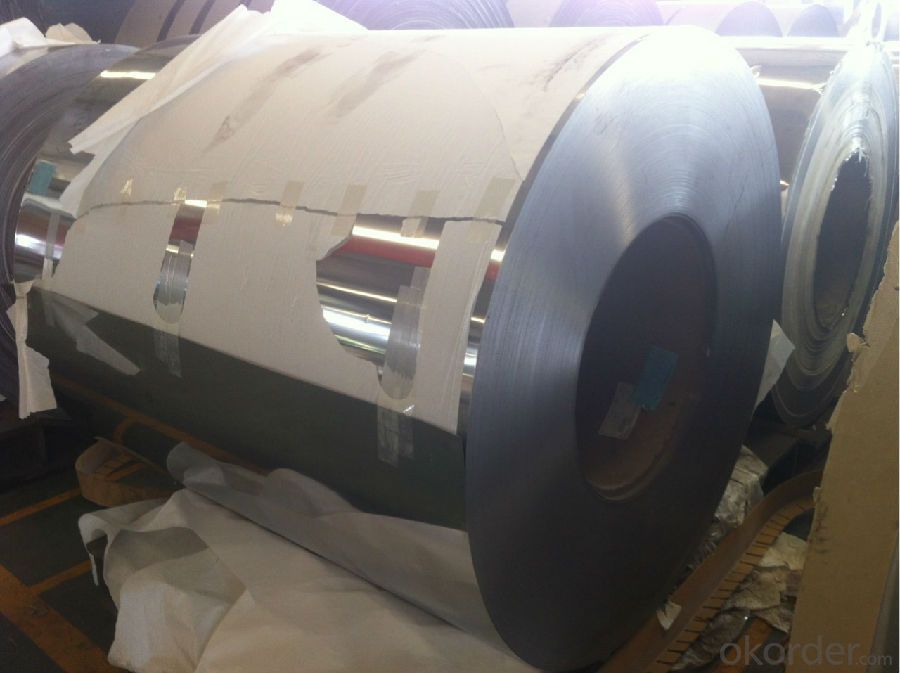
- Q: I need to know where to go online to buy a steel cage for a wrestling ring.. Somebody please assist me?
- Steel cages are made from scrap. From either loose metal or loose chains. There might be some on eBay that would be man-made
- Q: I went to the store to get metal to make a knife and they had weldable steel and plate steel. Which one would be best/ which steels would be best for what i want to do?
- 'Plate' does not refer to a specific alloy. It simply describes the shape in which the metal is sold. Various steel alloys have varying degrees of weldability. Some weld well, with good strength. Others weld poorly, and crack or become very weak. Try looking up information on the specific alloy of steel.
- Q: What is the average turnaround time for processing steel coils?
- The average turnaround time for processing steel coils can vary depending on various factors such as the complexity of the process, size of the coils, and the efficiency of the manufacturing facility. However, in general, the average turnaround time for processing steel coils ranges from a few days to a few weeks.
- Q: i wanna know all the similarities between iron and steel
- Simple. Google it
- Q: Can anyone please tell me what is the DUCTILE TO BRITTLE TRANSITION TEMPERATURE IN STEEL LOW CARBON?Thanks.
- The temperature varies with the type of low carbon steel and how it is heat treated. Common structural steel actually have a transition temperature as defined by Charpy impact tests to be in the 50 degree range. Most low carbon steel pipe such as ASTM A53, A106 and pressure vessel plate such as A212, a515 also have 50 degree range Charpy test results. If you look at materials with fine grain such A516 plate, A300 pipe and similar materials then the transition temperature drops to around -50 degrees. The thing to remember is in addition to the transition temperature you also have to have the material at a high stress level, a stress riser such as a notch and then the sudden application of additional stress to get an actual brittle fracture failure. That is why bridges make from common structural steel don't fail at temperatures as low as -40 degrees.
- Q: What are the main factors to consider when selecting a steel coil supplier?
- When selecting a steel coil supplier, the main factors to consider include the supplier's reputation and reliability, the quality of their products, their pricing and payment terms, their delivery options and lead times, their customer service and support, as well as their ability to meet your specific requirements and specifications.
- Q: How are steel coils used in the production of transportation equipment?
- Steel coils are used in the production of transportation equipment, such as automobiles, ships, and trains, to create various structural components. These coils are typically shaped and formed into parts like chassis, frames, bodies, and panels, providing strength, durability, and stability to the vehicles. Additionally, steel coils can be used in the manufacturing of wheels, axles, and suspension systems, ensuring reliable performance and safety in transportation equipment.
- Q: How are steel coils used in the manufacturing of appliances?
- Steel coils are used in the manufacturing of appliances as they are transformed into various components such as frames, panels, and inner structures. These coils are processed and shaped through cutting, bending, and stamping techniques to create the necessary parts, ensuring durability and strength in the final product.
- Q: What are the disadvantages of using steel coils?
- One disadvantage of using steel coils is their high weight and bulkiness, which can make transportation and handling more difficult and costly. Additionally, steel coils are prone to rust and corrosion, requiring proper maintenance and protective coatings to prevent deterioration. Lastly, steel coils can be expensive to produce and purchase, making them less cost-effective compared to alternative materials in certain applications.
- Q: What are the common coil slitting equipment used in the industry?
- The common coil slitting equipment used in the industry include slitter rewinders, rotary shear slitters, and loop slitting machines. These machines are designed to efficiently cut and rewind large coils of material into smaller, narrower coils for various industrial applications.
Send your message to us
Supplying For Stainless Steel Grade Two Volume
- Loading Port:
- Shanghai
- Payment Terms:
- TT OR LC
- Min Order Qty:
- 1 m.t.
- Supply Capability:
- 49879 m.t./month
OKorder Service Pledge
OKorder Financial Service
Similar products
Hot products
Hot Searches
Related keywords
